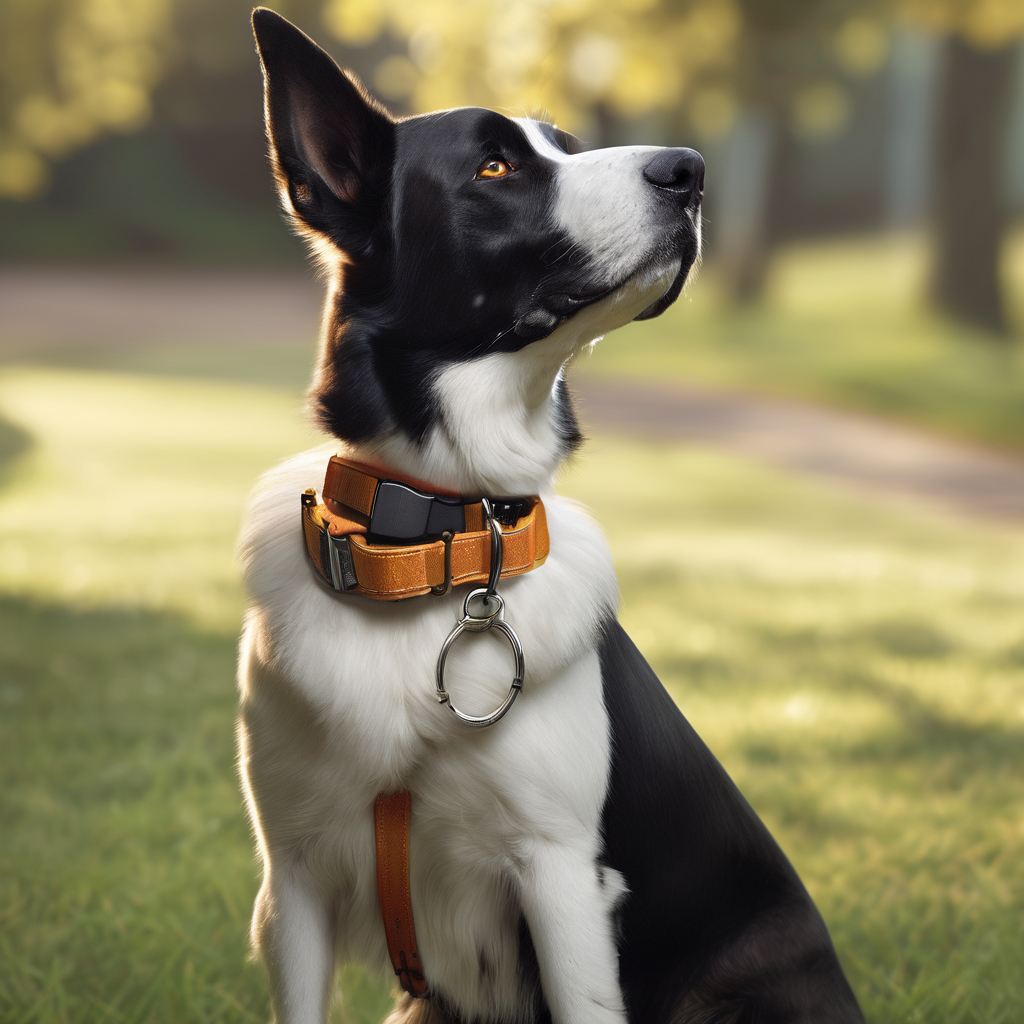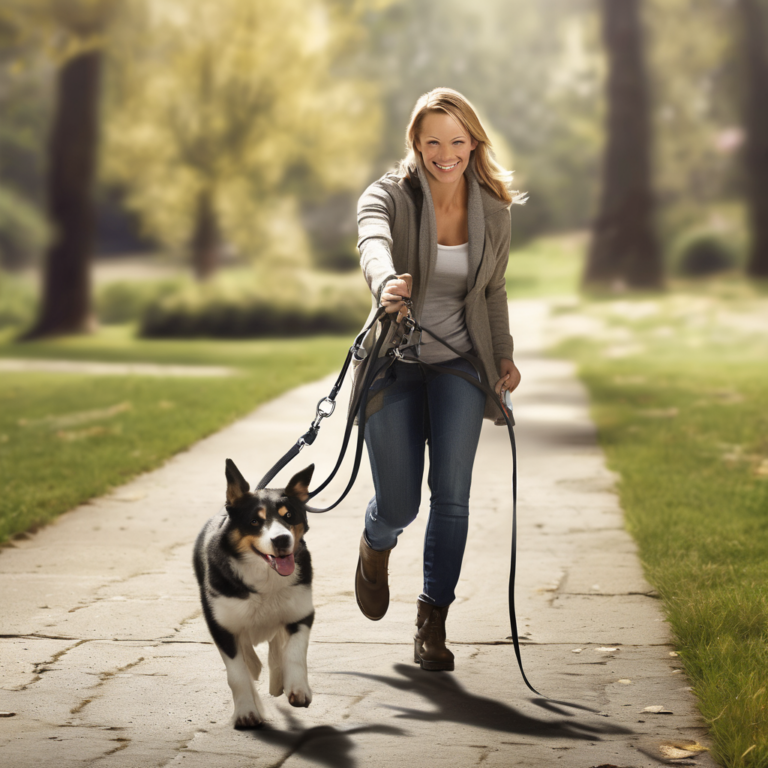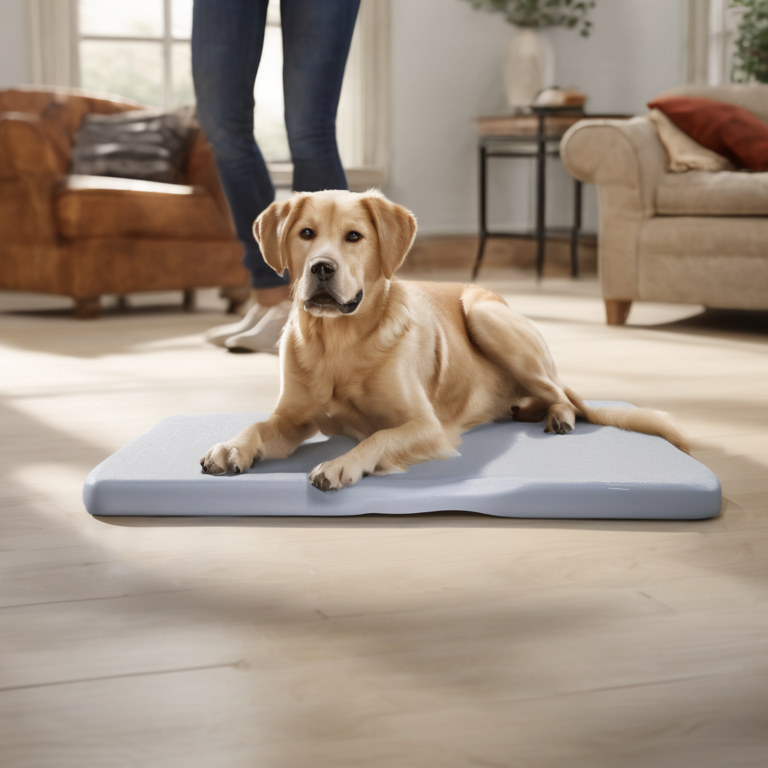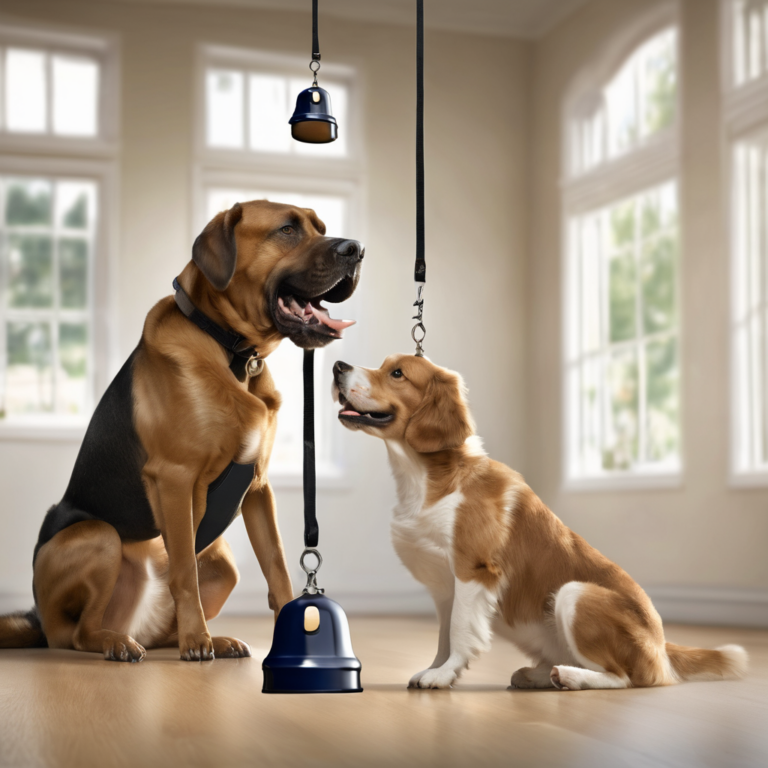Find the Right Dog Training Collar
Enhance your training experience with the right tools

Choosing the right dog training collar can make a significant difference in your training journey. Whether you're teaching basic commands or addressing specific behavior issues, the right collar can provide the support you need. Explore our resources to find the best options tailored for your dog’s training needs.
Key Highlights
- Wide variety of training collars
- Expert tips on collar selection
- Guides for effective usage
- Compatibility with other training tools
Latest Guides
No posts found yet.
Related Topics

Dog Training Leashes
Explore guides, tips, and recommended tools for this topic.

Dog Training Clickers
Explore guides, tips, and recommended tools for this topic.

Dog Training Treats
Explore guides, tips, and recommended tools for this topic.

Dog Training Pads
Explore guides, tips, and recommended tools for this topic.

Dog Training Bells
Explore guides, tips, and recommended tools for this topic.
FAQ
What types of dog training collars are available?
There are several types including choke collars, prong collars, and electronic collars, each serving different training needs.
How do I choose the right collar for my dog?
Consider your dog’s size, temperament, and the specific training goals you have in mind.
Are training collars safe for my dog?
When used correctly, training collars can be safe. It's essential to follow instructions and monitor your dog's response.
Can I use a training collar with other training methods?
Absolutely! Training collars can complement techniques like positive reinforcement and leash training.